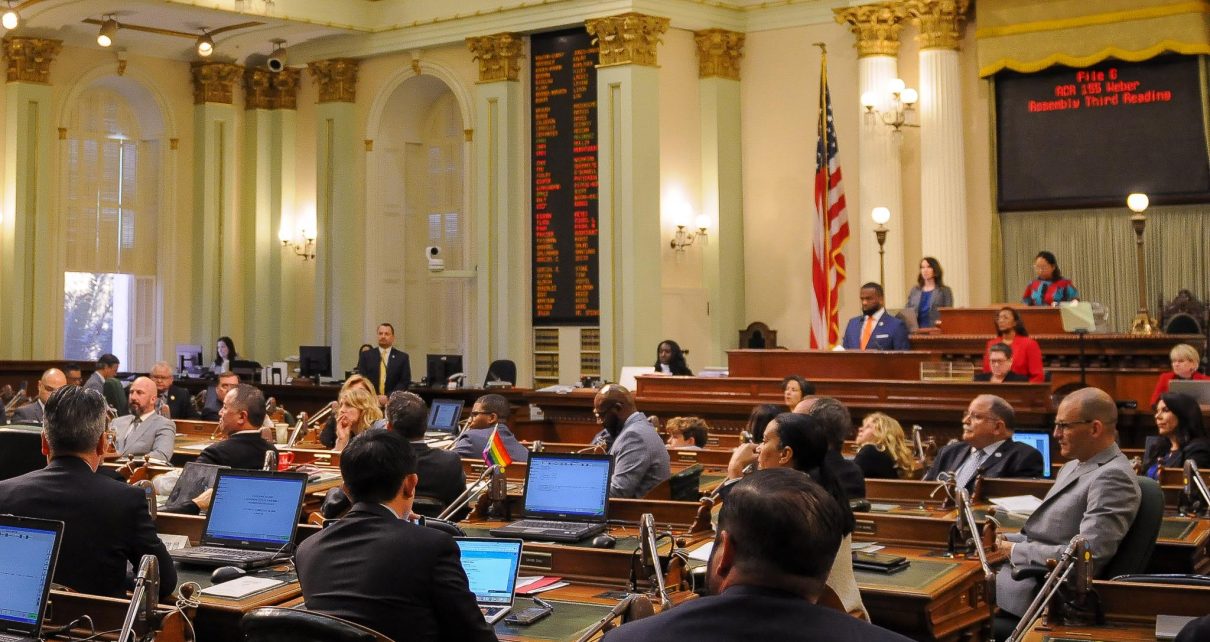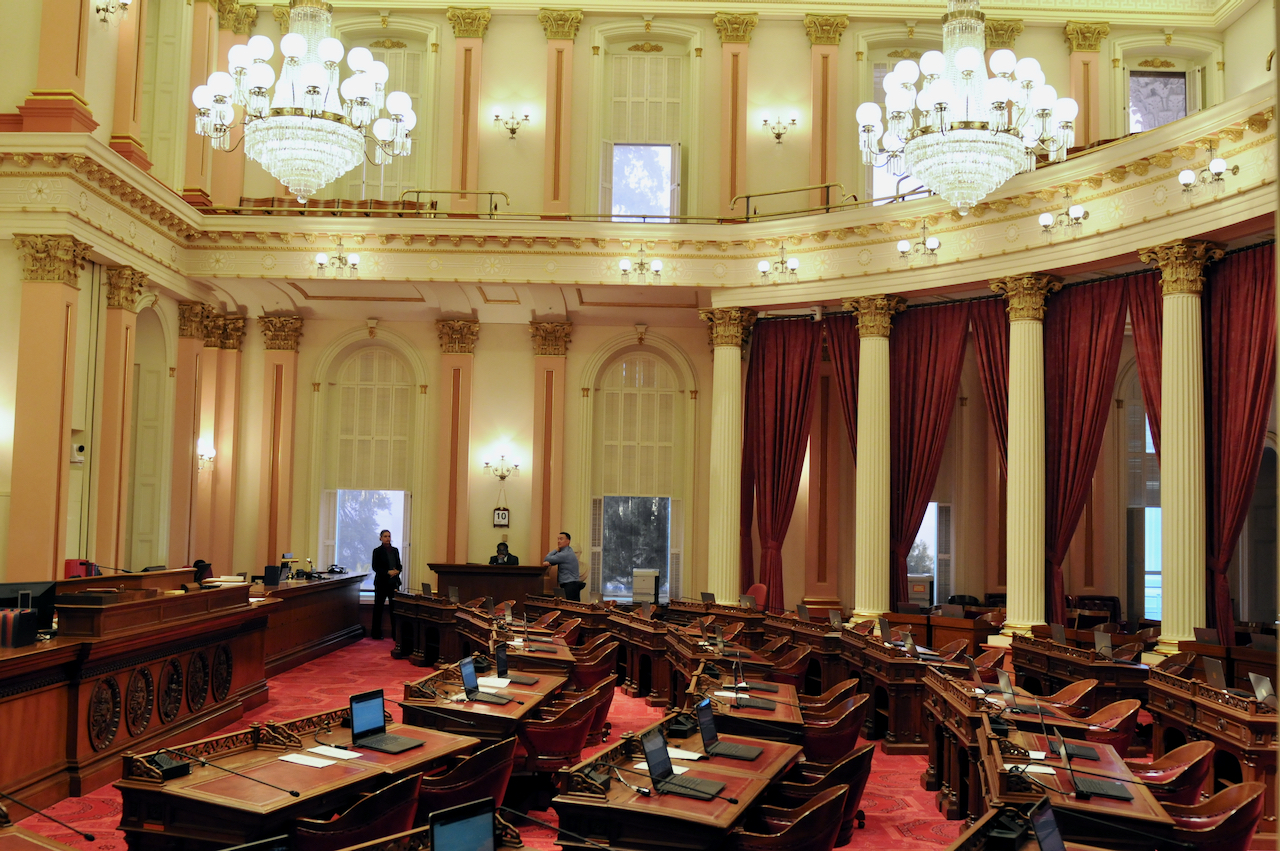
California State Assembly. (Photo: Kevin Sanders for California Globe)
Vote Changes in the California Legislature
The Assembly Rules and Senate Rules address this issue for their respective houses
By Chris Micheli, September 21, 2022 6:39 am
Are vote changes allowed in the California Legislature? The answer is yes, although there are different rules between the two houses and some explanation is appropriate.
A vote change is obviously when a legislator chooses to change his or her vote on a measure, either in committee or on the floor. The Assembly Rules and Senate Rules address this issue for their respective houses.
Assembly Rule 104 concerns voting by Members. Specifically, AR 104 provides, in part: “A Member, prior to adjournment on the same legislative day, in the absence of any objection, may instruct the Chief Clerk to add the Member’s vote to any previously announced vote that had been taken during the Member’s absence, so long as the outcome of the vote is not thereby changed.”
In addition, Assembly Rule 106 concerns voting and vote changes. AR 106 specifies, in part: “A Member, prior to adjournment on the same legislative day, and in the absence of any objection, may instruct the Chief Clerk to change the Member’s recorded vote after the vote is announced, so long as the outcome of the vote is not thereby changed. The Chief Clerk may record any vote change only after the Member making the change has announced it to the Assembly.”
As a result of these two rules, in the State Assembly, an Assembly Member can change his or her vote, even after the presiding officer has announced the final vote on a measure, so long as that vote change does not change the outcome of the final vote. In other words, if a vote change would result in a failed passage bill now passing, or a passed bill now failing, then the vote change cannot be made.
Senate Rule 44 concerns voting on rollcalls. SR 44 provides, in part: “Whenever a rollcall is required by the Constitution or rules, or is ordered by the Senate or demanded by three Members, every Member within the Senate shall without debate answer ‘Aye’ or ‘No’ when the Member’s name is called.… A Senator may not vote or change the Senator’s vote after the announcement of the vote by the Presiding Officer.”
As a result of this rule, in the State Senate, a senator cannot change his or her vote after the final vote on a measure has been announced by the presiding officer. Prior to that time, such as when a call is lifted, a senator can change his or her vote.
There are only two senators who are excepted from this rule. On a legislative day when the President pro Tempore or Minority Floor Leader is in attendance throughout a session, the President pro Tempore or Minority Floor Leader, in the absence of any objection, may instruct the Secretary of the Senate to add the vote of the President pro Tempore or Minority Floor Leader to any previously announced vote that was taken while the President pro Tempore or Minority Floor Leader was performing the responsibilities of the office of President pro Tempore or Minority Floor Leader, provided the outcome of the vote is not thereby changed.
- Ethics Training for Local Agencies - April 24, 2024
- Frequently Asked Questions about Privileges of Voters in California - April 23, 2024
- Does a Bill Need Statutory Construction Guidance? - April 22, 2024





One thought on “Vote Changes in the California Legislature”